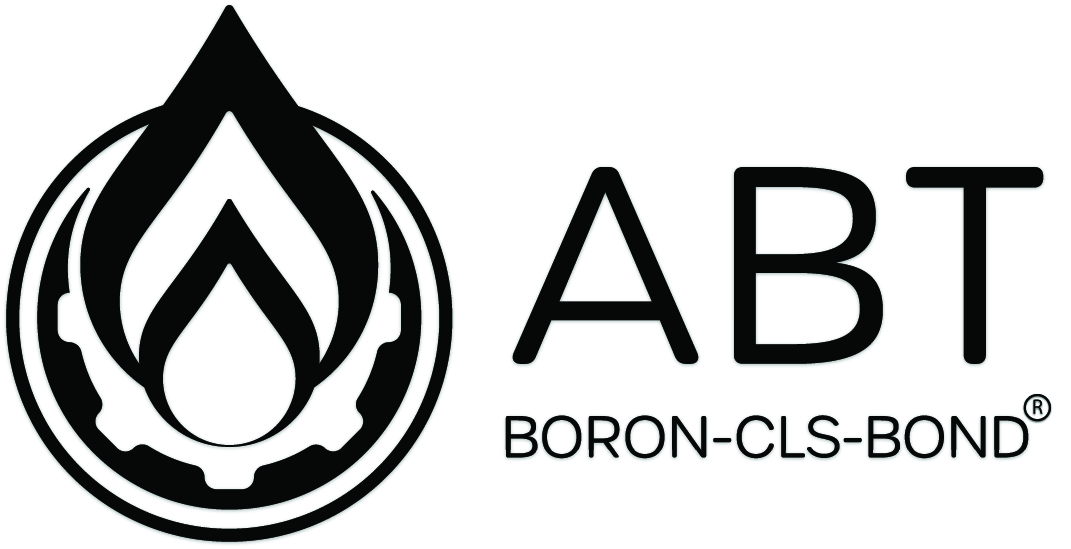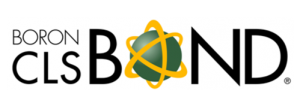Why ADP’s Next-Gen HCM Is A Disruptive Force In HR Technology
Replacing an HCM system is a big deal, but every decade or so the trade-off between implantation pain and new functionality becomes worth it. One of the topics covered in my HR Tech keynote, “The Disruption Never Stops,” is the ongoing evolution of HCM solutions. Today, there are more than 50 vendors in this space, and the market continues to grow like crazy. Workday is now nearly a $6 billion company; its second-quarter revenues rose 22%. ADP’s stock has seen record highs over the past month or so, and vendors like Paychex and Paycom are fast-growing, multi-billion-dollar cap stocks.
- As Tokopedia exploded with growth, Darwinbox helped the company set up product business units, functional business areas, and integrated acquisitions.
- Originally named Lifion, the platform is now called ADP Next-Gen HCM.
- According to a recent McKinsey report, companies that adopt AI-driven HR technology see a 30% increase in employee productivity and a 25% reduction in turnover.
- Let’s suppose you want to do a reorg of your company and you want the people with the top skills in “data security” in a big list for evaluation.
- HR departments want a stable, reliable HCM platform but they also want to be able to mix and match the best of breed on top.
Innovate your talent strategy with people analytics
- In today’s dynamic work landscape, the transformative potential of this technology and the addition of artificial intelligence (AI) and generative AI is contributing to taking HR teams to the next level.
- “A modern HCM system cannot be as narrowly focused as it might have been in the past when it comes to different employee populations,” Forrest said.
- If an HR manager wants to “pay a bonus” the system asks what organization, shows a list of people, and lets the manager define the bonus without hunting for menus and panels.
- We now need HCM systems that are employee systems first, HR systems second.
- In this article, I’ll describe what is needed for next-gen HCM systems.
- “So you need to ensure the platform is as intuitive as possible so employees don’t have to retrain themselves every time they go in to use it.”
The Workday Skills Cloud, People Experience platform, Extend APIs and features, and enhancements to Learning, Analytics, Recruiting, and Peakon are extensive. So we won’t likely see a “new Workday” in a big bang, but a constant set of architectural improvements over time. In 2019, when Darwinbox was a few years old, the CHRO bet on the platform. As Tokopedia exploded with growth, Darwinbox helped the company set up product business units, functional business areas, and integrated acquisitions. (The company next gen hcm has acquired companies for weddings, credit scoring, loans, and logistics.) Without a dynamic system like Darwinbox these acquisitions would have been difficult. Today there are more than 50 vendors in the space (SAP, Workday, Oracle, ADP, Paychex, Paycom, Paycor, Gusto, Namely, Ceridian, Bamboo, HiBob, and more) and the market is growing like crazy.
Don’t miss tomorrow’s HR industry news
They need a system like this just like a gym, restaurant chain, or elder care network. Simplify everyone’s HR experience with a single platform, ready to be used anywhere. Designed to adapt to your team structures and unique workflows, Lyric can support the way your organization operates today and as it grows and changes. This new breed of HCM technology empowers organizations to be agile, improve employee satisfaction, and drive better business outcomes.
Why ADP’s Next-Gen HCM Is A Disruptive Force In HR Technology
“This generation wants to produce, and whether it’s the bureaucracy or outdated technology, if they feel prohibited from optimized work, they won’t be happy,” Lear noted. She cited a recent SHRM study in which 35% of U.S. workers said they are concerned that AI will displace their job in the next five years and 77% of HR managers said they have not been tasked with assessing AI’s impact on work. Simplify and efficiently streamline the management of employee perks and expenses. An all-in-one platform that unifies HR and IT, including payroll, benefits, and more.
How to build an agile and flexible workforce with talent-centered design
The revolution is just getting started and legacy HR software is stumbling at the first hurdles. Built to serve the 9 to 5 hours popularised by Henry Ford in the industrial age, flexibility isn’t their strong point. It certainly can’t predict shifting future requirements, which can help keep your HR department and your people ahead of the skill curve.
Despite the success of these vendors, there are “big new problems” to be solved. And they represent a challenge to vendors and an opportunity for disruptors. First, in the area of flexibility, this is a “person-based” architecture, as opposed to a “role-based” architecture. Think about any retailer, healthcare company, or other highly distributed operation. One Gold’s Gym may pay overtime in one way, another in a different way.
Gen Z grew up with a well-being mindset, cares greatly about personalization and optimization, and is anxious about the emergence of AI at work. They were able to make suggestions on things that we didn’t even see, and I’m in this data every day. We’ve listed the products and solutions that are commonly to Next Gen HCM below.
Although HCM technology already brings great benefits to internal communications, bringing AI into the mix can prove invaluable to further improve operations, day-to-day tasks, and employee engagement. Dealing with the Great Resignation and workplace transformation, 60% of HR employees report exhaustion due to overworking, with 42% of people teams struggling with too many projects and responsibilities. As a pioneer in the Skills Cloud, the company now realizes that AI and intelligent data services have to be more core to the system. So, like Eightfold (who is several years ahead), Workday is building more AI into its Skills Cloud data system. This is a massive effort, and will eventually bring Workday into the world of Talent Intelligence. The company runs a massive business with 11 million merchants, 500 million products, and more than 11,000 employees.
In this article, I’ll describe what is needed for next-gen HCM systems. It’s important to note that these areas of innovation and functionality require massive development work. As such, they represent challenges to existing vendors and opportunities for market disruptors. At this point Lyric HCM is positioned as an offering for mid to large companies headquartered in the United States with global workforces. This means Lyric HCM is directly positioned to compete with UKG, Ceridian, Workday, Oracle, SAP, and vendors like Darwinbox, HiBob (which is going upmarket), Lattice, and others.
This platform, like Darwinbox, is built on a graph database with micro-services architecture, designed to coincide with the company’s next-gen payroll engine. We now need HCM systems that are employee systems first, HR systems second. Rather than functioning primarily as systems of records, modern HCMs need to help employees actually be more productive. Vendors like ServiceNow, Applaud, Microsoft (Viva) and others are now selling platforms that manage employee journeys, transitions, feedback, goal setting and more. How can HCM systems become, in a sense, these types of employee experience platforms? Next-gen HCM platforms have to let managers and staff design and use the systems in order to fit the unique experiences of their employees, without depending on IT.
Since the early days of licensed software (which required lots of customization and integration) the market moved to hosted (multi-tenant) and then to the cloud. And now, because of the ease of development on the cloud, the number of vendors has exploded. While no HCM has every feature you might need or want, we’re now in a rapid innovation cycle, making the HCM market ripe for continued disruption and opportunity-seekers. If your company is considering an investment in a new HCM, be sure to delve into development plans, as well as current features and functionality. Even if you’re not looking to make a change, it’s a good idea to talk to your current HCM vendor to understand what’s in the development pipeline.
Oracle HCM Cloud, which is new and recently redesigned, is also “Next-gen” in many ways. The Oracle team has particularly focused on EX features (OracleME just won an HRE award), including deep feature sets for journey development, employee learning, surveys, service delivery, and customized sentiment analysis. While the vast majority of ADP customers use other platforms, ADP is moving in this direction. The Next-Gen platform, which was built from a brand new technology stack, is designed to slowly replace all of ADP’s HCM platforms over time. These platforms mature over many years and each vendor has different industry and focus features. At this point I believe ADP will most likely win in industries like retail, hospitality, health care, and other distributed, hourly workforce companies.
Automate compensation and benefits administration, enabling companies to design competitive and equitable compensation packages. This includes salary, bonuses, and benefits, ensuring that employees are fairly compensated and helping to attract and retain top talent. Streamline the onboarding process and training, ensuring that employees are up to speed with company policies and required skills, resulting in increased employee engagement and productivity. So, with our HR software system you won’t even have to try and provide a great employee experience. You don’t want to change your core HR system from your current legacy provider. But even if the legacy HR giants can learn to mimic the HCM of the very near future—and that’s a big if—they won’t do it well.






